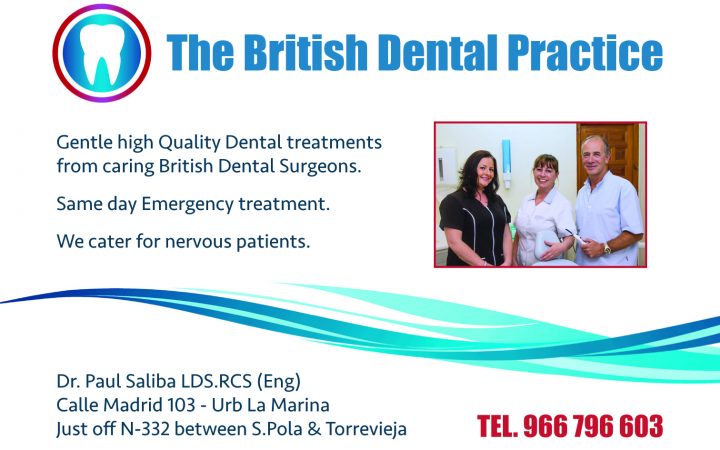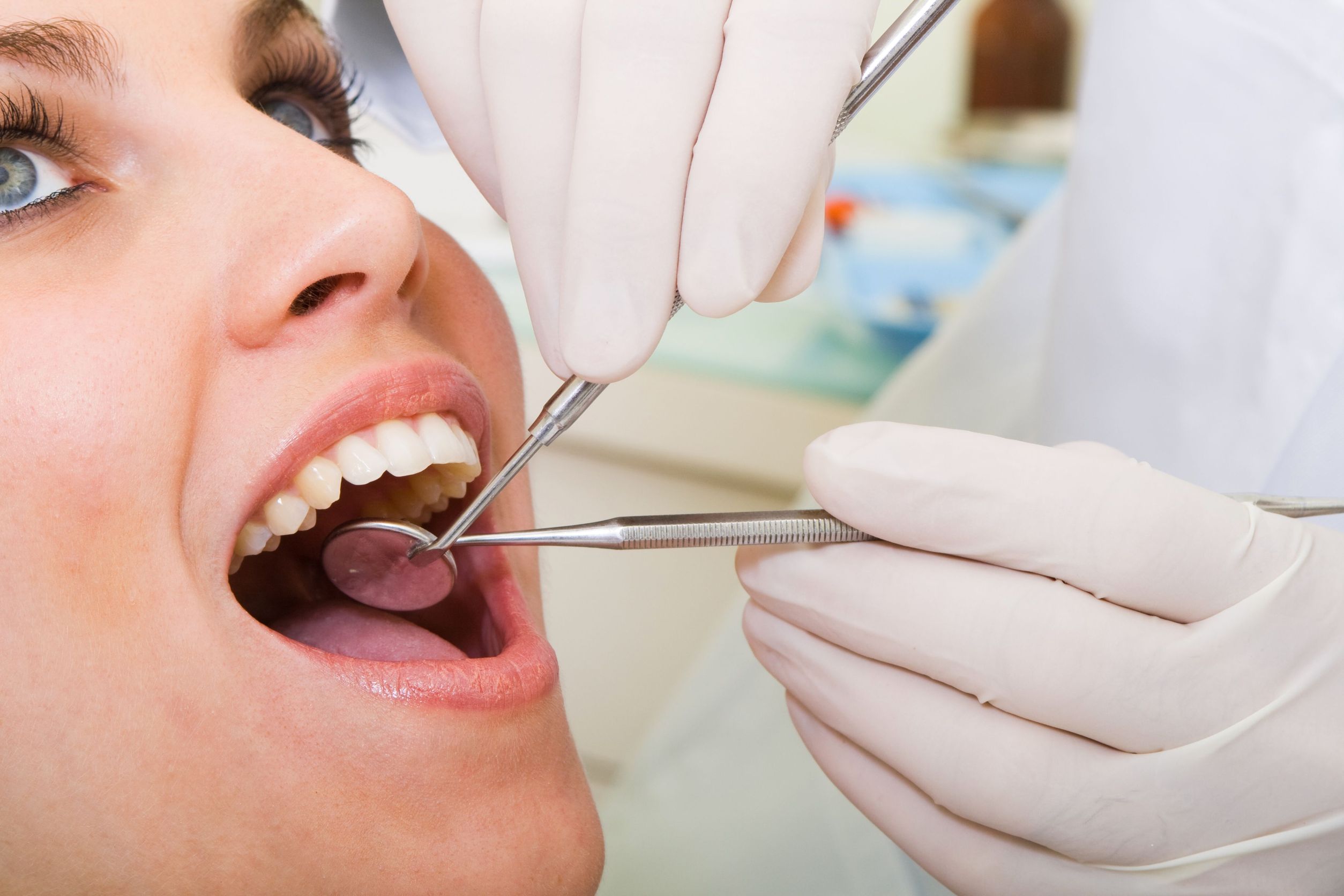Fixed tooth replacement.
Replacing missing teeth does not necessarily mean bulky, removable appliances with bulky plates. In many cases it is possible to fill gaps in the dental arch with fixed appliances which feel far more natural and are less obtrusive.
Dental bridges utilise the teeth either side of the gap to retain the replacement teeth. They are usually constructed of porcelain with a precious metal base for strength. If the adjacent teeth are unfilled and in good condition it is possible to use a “Maryland Bridge” consisting of the replacement tooth having two “wings” which are bonded to the inside surface of the adjoining teeth. These bridges do not require very much tooth preparation but are only suitable when the loads on the bridge will not be high (eg. anterior teeth).
More commonly a fixed-fixed bridge is used and this would involve preparing the teeth adjacent to the gap. A mould of the mouth is taken and sent to a specialised laboratory. Temporary crowns are used while the permanent bridge is made (usually around 2 weeks). The laboratory constructs the bridge which consists of crowns on both the prepared teeth which are joined together with another crown to replace the missing tooth. Once fitted it feels like three natural teeth. While this does involve some extra work it has the advantage of being very secure and also it is possible to improve the strength and appearance of the adjoining teeth at the same time and usually provides are far more pleasing result.
 Dental bridges do rely on the adjacent teeth and gums being healthy and firm and as long as this is achievable provide are long lasting, visually pleasing and unobtrusive replacement for missing teeth.
Dental bridges do rely on the adjacent teeth and gums being healthy and firm and as long as this is achievable provide are long lasting, visually pleasing and unobtrusive replacement for missing teeth.
For more information, please contact: The British Dental Surgery




